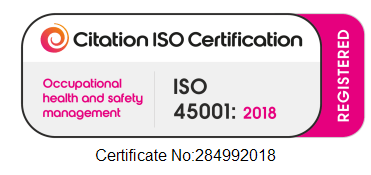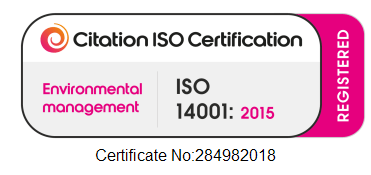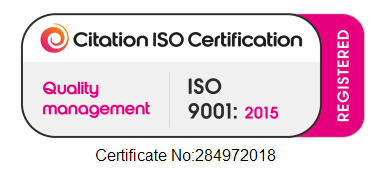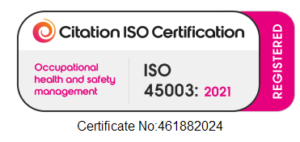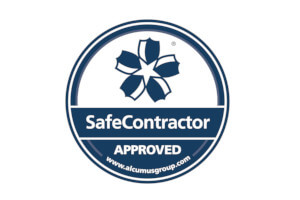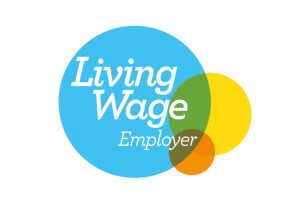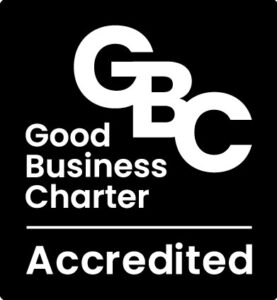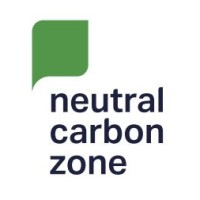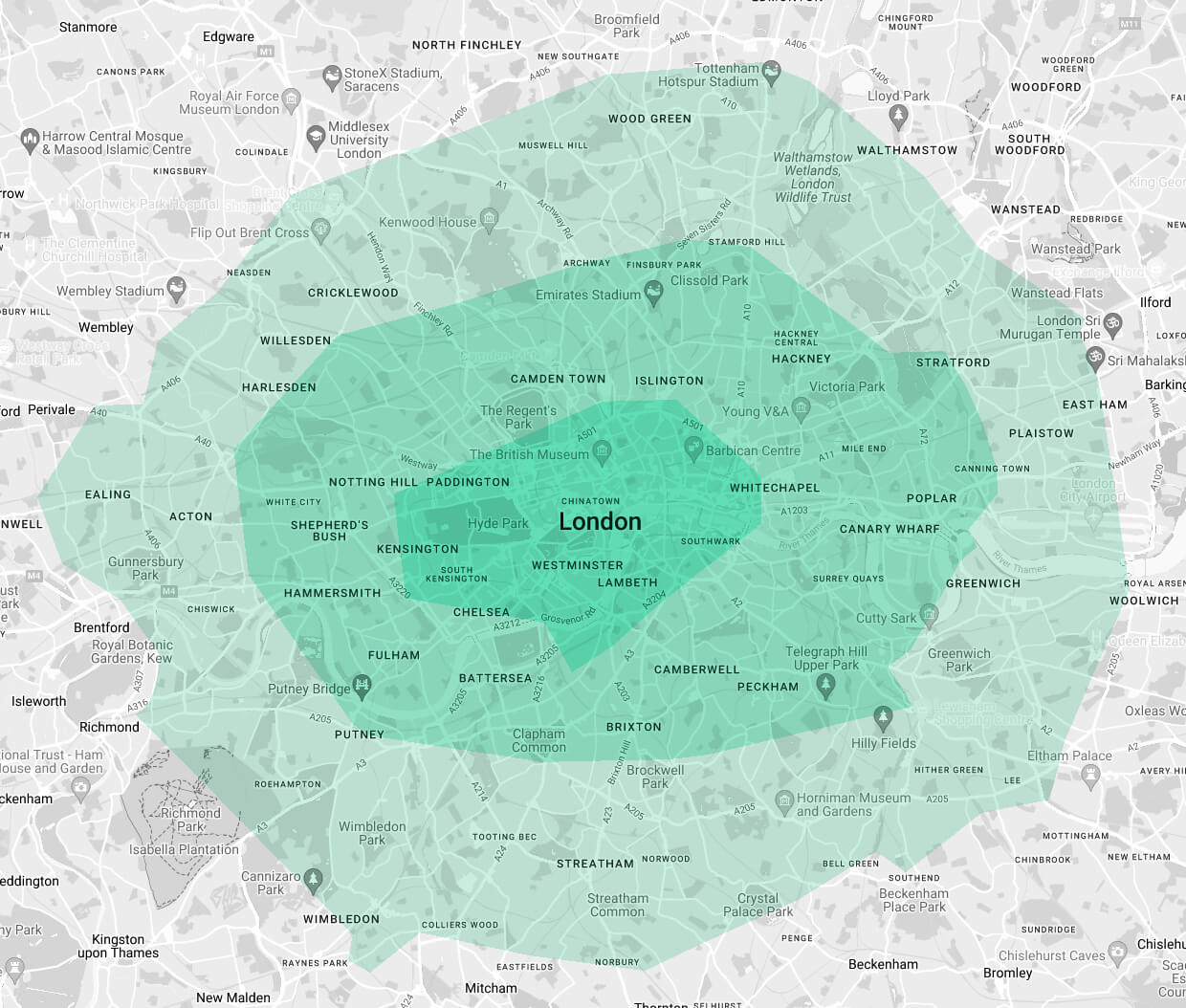
If you’re planning ahead for a formal health and safety inspection or would like to carry out your own, here is a summary of the main considerations and legislation to keep in mind.
For retail shops, warehouses, offices and the service sector, local authorities are responsible for health and safety inspections. Local authorities also enforce the legislation underpinning any inspections, the Health and Safety at Work etc. Act 1974 – more on this shortly.
Meanwhile, the Health and Safety Executive (HSE) is responsible for the complex inspection requirements involved for workplaces such as construction sites, factories and so on.
In this article we will explain how formal health and safety inspections work, how to do your own and the importance of cleaning in the process.
What is a workplace health and safety inspection?
The purpose of health and safety inspections is to ensure compliance with the law and identify any contraventions. They identify potential risks and check whether appropriate remedial action is underway.
In terms of the inspections, those in charge have the right to enter work premises without prior notice, but at reasonable hours.
At the end of the visit, the officer writes a report about what they saw. The report highlights any matters requiring attention by law and any that fall under best practice guidance.
Follow-up action can include, but is not limited to:
- Verbal advice
- Informal notices
- Improvement notices
- Prohibition notices
- Seizing of dangerous equipment
- Prosecutions
Local authorities keep a public register of improvement and prohibition notices, while HSE maintains a public register of related prosecutions.
The Health and Safety at Work etc. Act 1974
This is the main piece of legislation on occupational health and safety procedures in the UK.
Despite the old date of this legislation, the government has updated the 1974 Act much more recently.
For example, originally Section 10 created two separate health bodies. In 2008 they merged to form the Health and Safety Executive (HSE).
The legislation confirms legal matters such as employers’ duties to their staff and those of your employees to each other.
Providing a straightforward interpretation of the law for employers, HSE recommends some basic steps for small, low-risk businesses. These include appointing a competent person to meet the legal health and safety duties, as well as:
- Displaying the health and safety law poster
- Preparing a health and safety policy
- Providing information and training
- Consulting your workers
- Having the right workplace facilities
- Managing risks at work
- Conducting a risk assessment
- Reporting accidents and illnesses
- Providing first aid
The law grants enforcement powers and criminal sanctions where required – these include imprisonment and unlimited fines.
What are the main health and safety UK regulations?
Ultimately there are many health and safety regulations. Those to prioritise include the so-called health and safety ‘six pack’ – depending on the nature of your business, some will be more relevant than others:
- Management of Health and Safety at Work Regulations 1999
- Workplace (Health, Safety and Welfare) Regulations 1992
- Health and Safety (Display Screen Equipment) Regulations 1992
- Provision and Use of Work Equipment Regulations 1998
- Manual Handling Operations Regulations 1992
- Personal Protective Equipment at Work Regulations 1992
The first set of regulations act as a guide for following the law set out by the 1974 Act.
Under the Workplace (Health, Safety and Welfare) Regulations 1992, it is essential for an employer to provide the following, plus a wide range of other requirements:
- Adequate lighting, ventilation and heating
- Workspaces, furniture, furnishings, fittings and surfaces kept in a clean condition
- Staff facilities including sanitary conveniences and washing areas
- Safe passageways to avoid slipping and tripping hazards
There is plenty of guidance throughout the six pack – take a look at each piece of legislation for further details.
Carrying out your own workplace inspection
One of the best ways to be prepared for any formal health and safety inspection in the workplace is to carry one out yourself. Here are some tips for routine inspections.
Appoint a health and safety inspection team – this could include internal managers, supervisors, a health and safety representative team, or other employees. For external support, consider using consultants, insurers and so on.
Leave no stone unturned and also review the relevant processes in place. For example, from a safety performance perspective, review your safety management system, emergency response plans and safety protocols too.
Agree in advance what you will inspect and the standard required. Use a thorough health and safety inspection checklist, recording your findings as you go.
Alternatively, use several checklists, each covering a different aspect of your health and safety program. For example, here is our guide to a comprehensive office cleaning checklist.
It’s very important to address any issues identified in an inspection as soon as possible. Holding regular workplace safety inspections will help make sure your workplace maintains high standards on a consistent basis.
The role of cleaning in health and safety at work
Of course, cleanliness has an impact on workplace health and safety in many ways. At no time was that clearer than during the height of COVID-19, which made regular fogging and misting in offices and shops essential to prevent the virus from spreading in the workplace.
But on a day-to-day basis, cleaning contributes to workplace health and safety in a number of ways, including but not limited to:
- Disinfecting the workplace and eliminating germs to prevent illnesses
- Vacuuming, mopping and sanitising to stop the buildup of allergens and dust
- Improving the air quality to prevent respiratory problems
- Removing hazards to prevent slips, trips and falls
- Maintaining high overall hygiene standards to prevent illnesses
Over time contaminants, dust and dirt build up – the only way to stop these becoming a health and safety risk is to clean areas thoroughly, including all the communal areas.
We have the specialist commercial office cleaners London businesses require. While businesses and retail outlets may use cleaning services for a range of reasons including aesthetics and improving staff morale, it’s also a very important aspect of health and safety.
Final thoughts: Workplace health and safety inspections
It’s also important to be familiar with The Working Time Regulations 1998. Among other requirements, it sets a maximum of 48 hours for the working week, although staff can opt out of this.
Other relevant health and safety legislation includes, but isn’t limited to:
- The Regulatory Reform (Fire Safety) Order 2005
- COSHH (Control of Substances Hazardous to Health) 2002
- RIDDOR (Reporting of Injuries, Diseases and Dangerous Occurrences Regulations 1995)
If you found our health and safety guide helpful, please take a look at other articles on our blog. Some of our most popular articles include:
- Office Etiquette
- Indoor Team Building Activities
- Best Office Pets To Boost Workplace Productivity
- Quick Workplace Checklist
You may also find our guide on green office ideas for businesses interesting – and we’ve recently written about visual management examples in the workplace too.
To meet the highest standards of commercial cleaning Think FM prioritises health, safety and hygiene. We have the daily office cleaner London companies like yours are looking for and we do retail cleaning in London too.
For more information about our commercial office cleaning services and how we can clean your workplace, please don’t hesitate to get in touch with our commercial cleaners in London.
share this article



